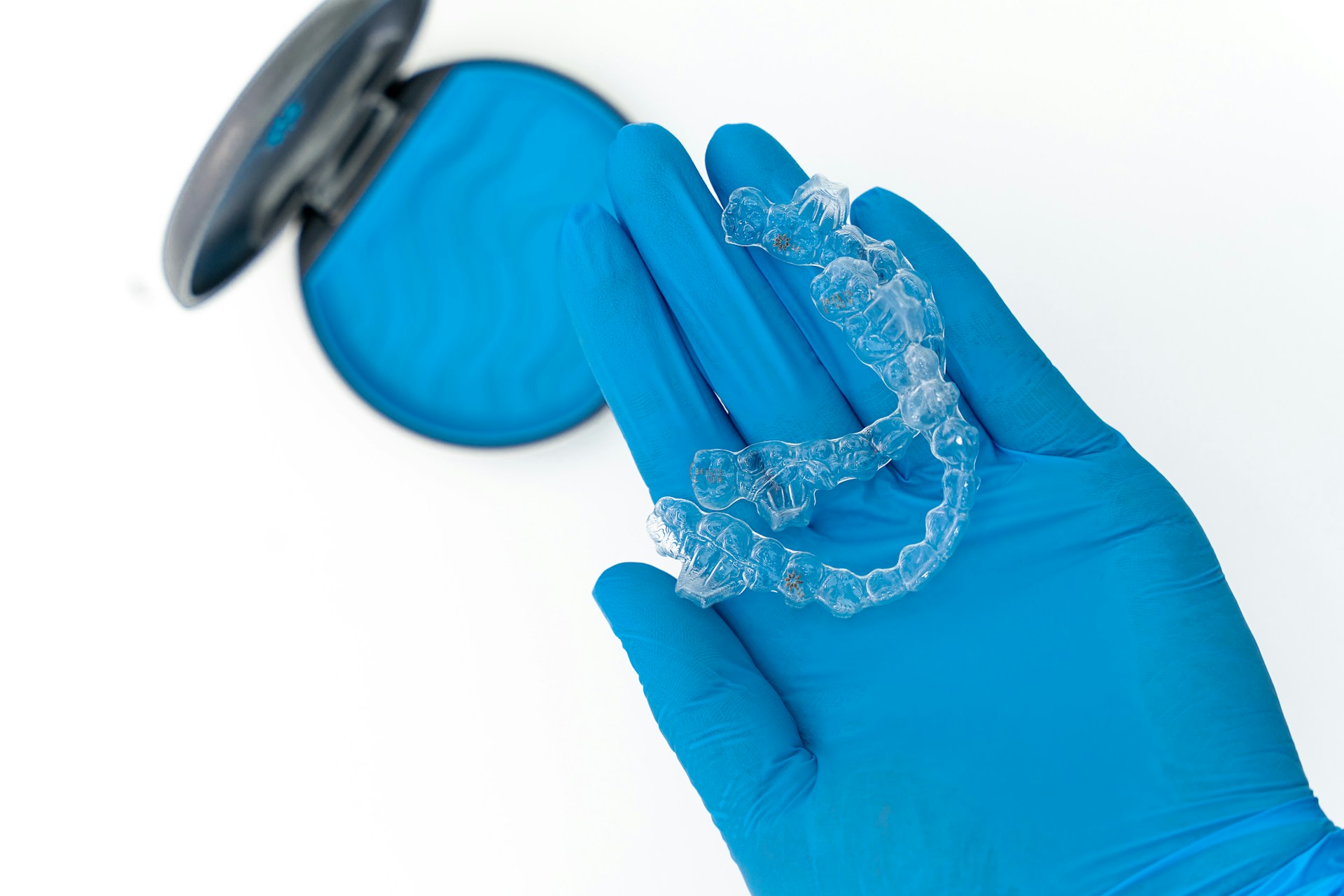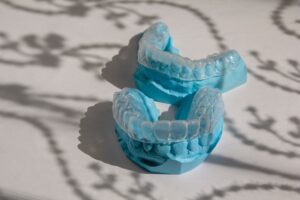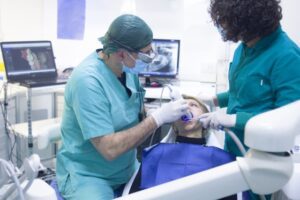
What Orthodontic Issues Can Invisalign Clear Braces Fix?
Invisalign clear braces have become an increasingly popular option for people of all ages looking to straighten their teeth discreetly. Unlike traditional metal braces, Invisalign Coventry uses a series of clear, removable aligners to gradually shift your teeth into their ideal positions. But what specific orthodontic issues can Invisalign fix? You might be surprised by how versatile this treatment can be. In this article, we’ll explore the common dental problems that Invisalign clear braces can address and how they might be the perfect solution for your smile.
Crowded Teeth


Gaps Between Teeth
On the flip side of crowding, some people have too much space between their teeth, leaving noticeable gaps. These spaces can not only affect the aesthetics of your smile but can also lead to problems like gum irritation or even make it harder to chew food properly. How Invisalign Helps: Invisalign can close gaps by gently moving your teeth closer together. The clear aligners apply just the right amount of pressure to bring your teeth into better alignment, giving you a more uniform smile.
Overbite
An overbite occurs when your upper front teeth overlap significantly with your lower teeth. While a slight overbite is normal, a more severe one can cause issues such as excessive wear on your lower teeth, jaw pain, and even speech difficulties. How Invisalign Helps: Invisalign aligners can correct mild to moderate overbites by gradually shifting the upper teeth back into a more balanced position. This helps alleviate the pressure on your lower teeth and reduces the risk of further dental problems.
Underbite
An underbite happens when your lower teeth protrude in front of your upper teeth, which can affect both the appearance of your smile and the function of your bite. Underbites can make it difficult to chew food properly and may lead to jaw pain over time. How Invisalign Helps: Invisalign can address mild to moderate underbites by repositioning the lower teeth back behind the upper teeth. This creates a more natural bite, improving both function and aesthetics.
Crossbite
A crossbite is when some of your upper teeth sit inside your lower teeth when you bite down. This misalignment can cause uneven wear on your teeth, leading to potential issues like gum recession or chipped teeth. How Invisalign Helps: Invisalign can help correct crossbites by gradually guiding the misaligned teeth into their proper positions. This reduces the risk of damage to your teeth and gums and improves your overall bite alignment.
Open Bite
An open bite occurs when your upper and lower teeth don’t touch when your mouth is closed, leading to difficulties biting or chewing food. Open bites can also create speech problems, especially with sounds that require your teeth to meet, like “S” or “T.” How Invisalign Helps: Invisalign can close an open bite by gently moving the teeth together over time. This can improve your ability to eat, speak, and smile confidently.
General Misalignment
Not every orthodontic issue falls into a specific category, like overbite or underbite. Sometimes, the issue is a general misalignment, where the teeth don’t sit in a straight line. This can affect the overall look of your smile and contribute to a less efficient bite. How Invisalign Helps: Invisalign is highly effective at correcting general misalignment, making it a great choice for those who want to straighten their teeth for cosmetic or functional reasons. By wearing the clear aligners as directed, you’ll see gradual improvements as your teeth move into better alignment.
In Conclusion


